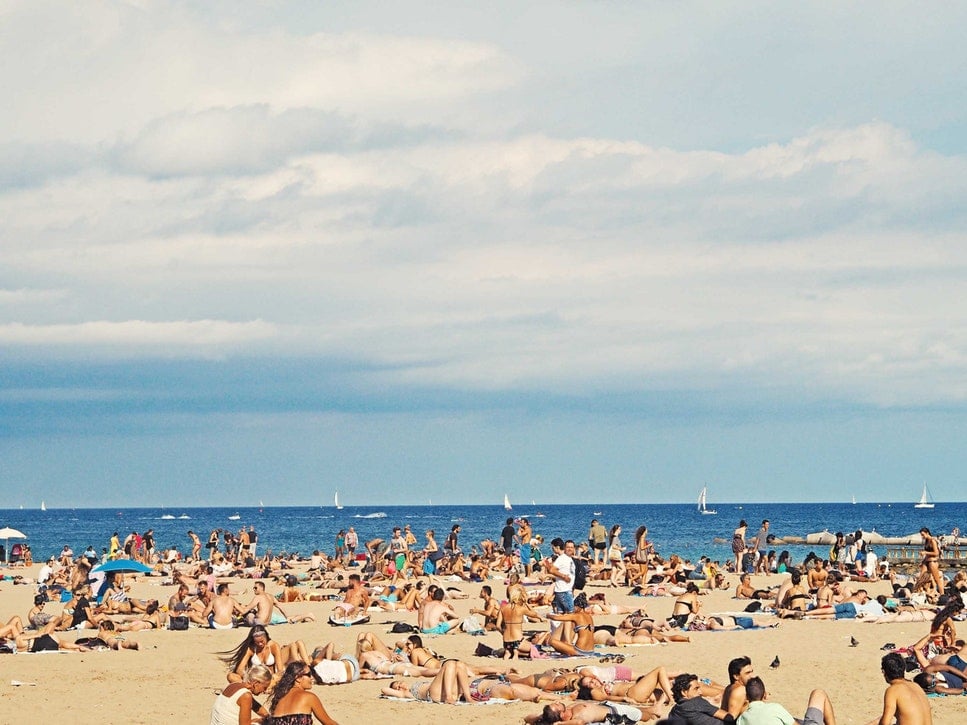What happens when we get sunburnt?
 Countless campaigns encourage Australians to stay out of the sun and adopt ‘sun safe’ practices. But why? What actually happens when we get sunburnt?
Countless campaigns encourage Australians to stay out of the sun and adopt ‘sun safe’ practices. But why? What actually happens when we get sunburnt?
The most obvious and instant thing is that burnt skin becomes red and painful, and sometimes peels off. This is your body’s attempt at protecting itself from further sun damage, as the darkening skin cells form a barrier against UV radiation.
Sun burn permanently and irreversibly damages your skin – even if you only get burnt once. UV radiation deforms the proteins in your skin cells, potentially causing them to become cancerous.
Once your skin cells detect damage, they start producing melanin (the element which colours your hair and skin) to counteract the damage, manifesting as swelling and redness on the skin’s surface. This is when a tan occurs, as your body tries to defend itself. This does not actually protect you from sunburn, as a tan is only the equivalent of SPF 2.
Read more about the damaging effects of a tan.
Once sunburn has occurred, it’s too late to fix it. You can ease your discomfort by staying out of the sun, keeping hydrated, and applying cool water or ointments.
You don’t need to lie in direct sunlight to be burnt. The most common activities that incur sunburn include hanging out the laundry, going out for a walk, and driving. It only takes 10 to 15 minutes for your skin to burn during the middle of the day.
A report found that 27 percent of people get sunburnt while gardening, 26 percent while walking, 24 percent while at the beach, 17 percent while driving, and 16 percent while being a spectator at an event.
Around 2,000 Australians die each year from skin cancer and the majority of deaths are caused by melanoma, even though it is the less common form of the disease.
Once the damage is done, the best defence against skin cancer is a regular skin check from a qualified doctor, as early detection is paramount to beating the disease.
- Tags:
- Prevention
